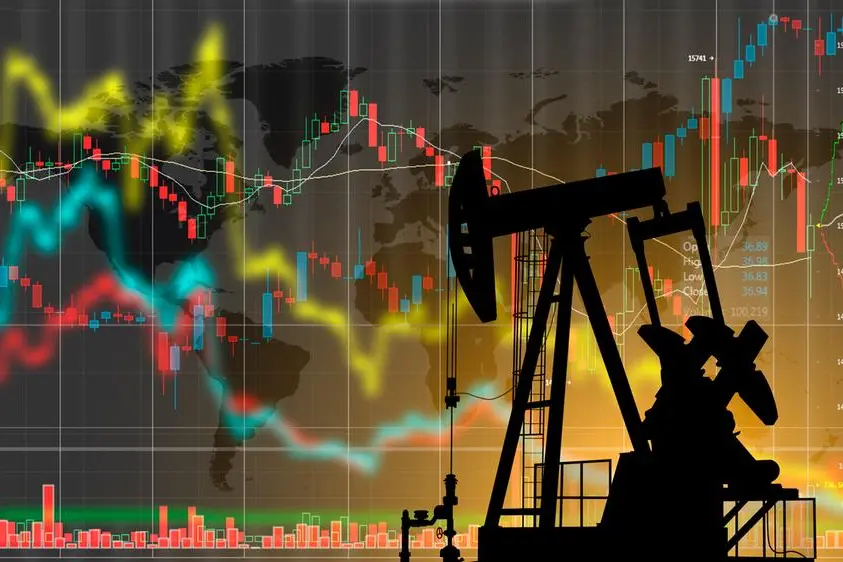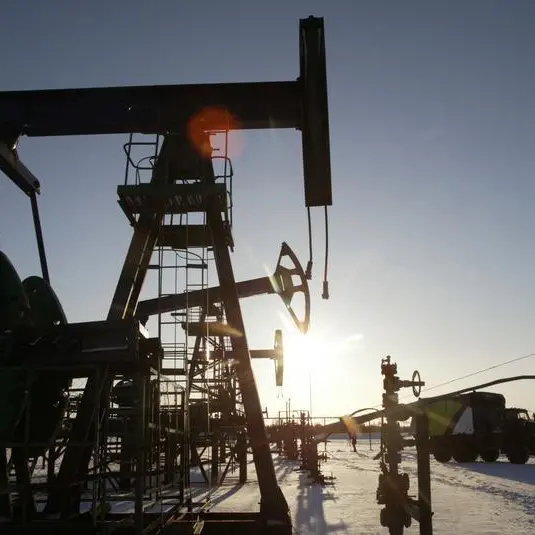PHOTO
Annual upstream oil and gas investment needs to rise by 28% to reach $640 billion by 2030 to ensure adequate global supplies, according to a new report published by the International Energy Forum (IEF) and S&P Global Commodity Insights.
Capital expenditure in 2022 rose by 39% from the previous year to $499 billion, the highest level since 2014, but drilling remained below pre-pandemic levels as inflation ate away at the spending, according to the report. The number of drilling rigs rose by 22% in 2022, but this was still 10% below 2019 levels.
"While we ramp up investment in renewables and pursue the energy transition, we also need to lift investment in oil and gas to support the global economy, and protect the quality of life for everyone," said Joseph McMonigle, Secretary General of the IEF.
The recovery in 2022 marked a change from the previous two years, when capital expenditure slumped with the COVID-19 pandemic contributing to a tightening of global energy markets, price spikes and shortages of natural gas.
"The global economy continues to need adequate and reasonably priced hydrocarbon supply alongside the scaling up of renewables and low-carbon technologies," said Daniel Yergin, Vice Chairman of S&P Global.
"The energy future must be secure and affordable, as well as sustainable. Adequate investment that avoids shortages and prices spikes, and the economic hardship and social turbulence that they bring, is essential to that future."
A cumulative $4.9 trillion will be needed from now until 2030 to meet market needs, even if the growth in oil and gas demand slows down.
"As we saw last year, high energy prices and volatility have disastrous effects on households all over the world, hitting the poorest people the hardest. Underinvestment in oil and gas threatens energy security and stalls progress on climate goals by increasing reliance on more carbon-intensive options," said McMonigle.
Global oil prices jumped--to over $105 at one point--last year when Russia invaded Ukraine. While prices have moderated somewhat since, they are still high. Brent futures were trading just shy of $90 a barrel on Thursday while US West Texas Intermediate (WTI) was at $79, as per Eikon data.
(Writing by Brinda Darasha; editing by Daniel Luiz)





















